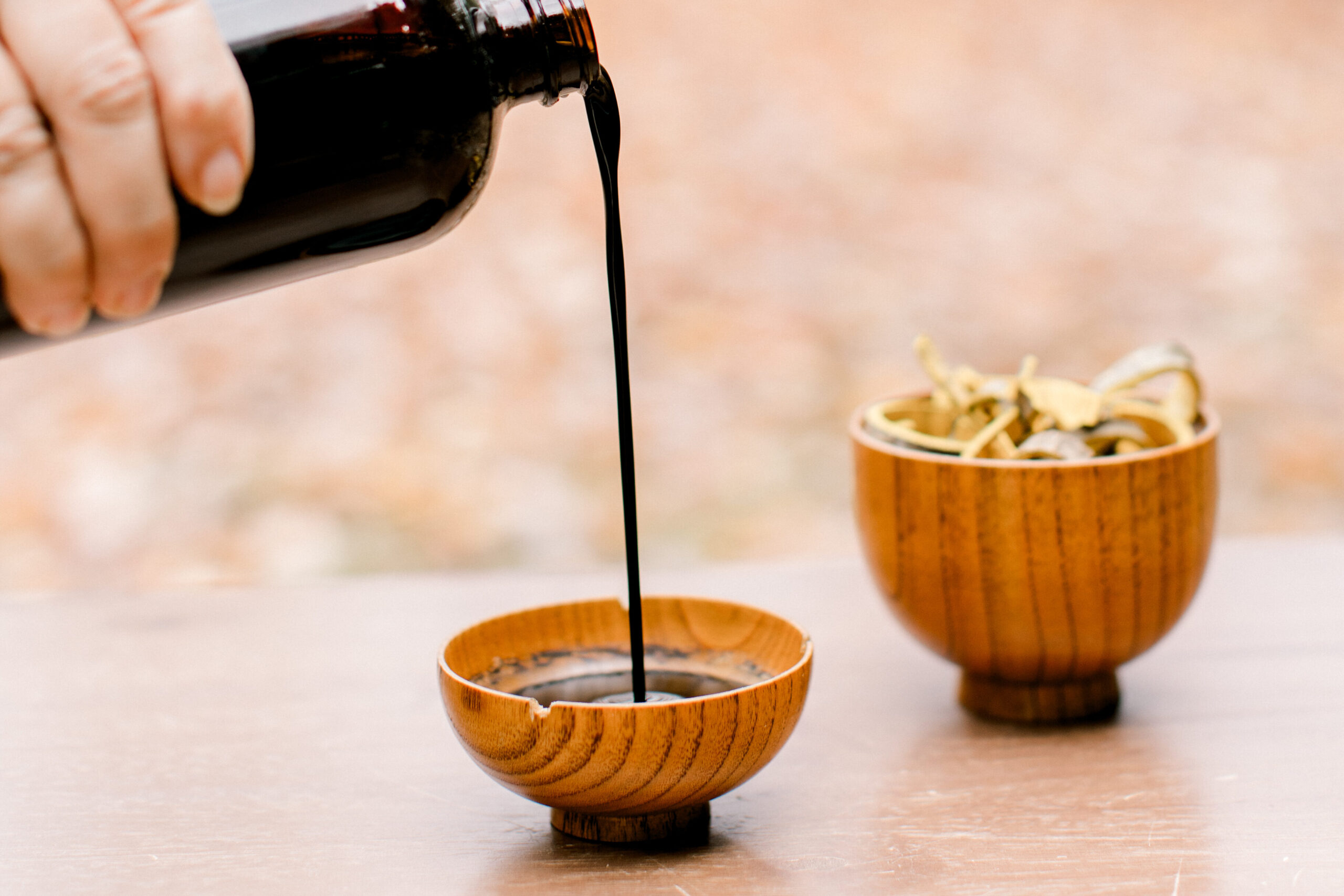April 20th – May 4th

Grain Rain, or Gǔyǔ (谷雨), marks the sixth Qi Node of the year and the last seasonal phase of spring and the transition from spring to summer. This is the time when the increased warmth (Yang) and rains (Yin) nourish the young grains just as they begin to root more deeply into the warming soil. It’s a season of growth made possible by softness, a time when the yang of the season continues to rise, but the yin moisture of spring still plays a vital role.
If you’ve been feeling like your momentum is picking up, but you’re still not quite at full speed—you’re right on time. Gǔyǔ is that tender threshold where energy begins to stabilize, and nature shows signs of lasting change. The grasses are tall, blossoms have opened, and the air smells like something new—but the weather can still shift unexpectedly, reminding us not to rush.
In our bodies, this Qi Node offers the perfect conditions to nourish the root and clear any leftover stagnation from early spring. The Liver and Spleen systems are key players now: the Liver ensuring flow and movement, the Spleen grounding us in nourishment and digestion.
Living in Rhythm with Grain Rain
This is the time for strengthening your center—body, mind, and spirit. Where Spring Equinox encouraged first steps, Grain Rain supports sustained effort. Think of it as nature saying: “Now that you’ve begun to grow, let’s feed those roots.“
In East Asian medicine, this is when we pay close attention to:
- Digestive health – watch for bloating, fatigue, or sugar cravings, which may signal dampness
- Emotional clarity – irritability or frustration might be signs of Liver Qi that needs smoothing
- Spleen tocification – favor warm, cooked foods over cold or raw
- Movement with ease – light stretching, walks, and gentle exercise help balance rising yang
Let your body gently move, exercise is all about creating softness, and stay close to home. Don’t overcommit. Tend to the small details. Create and organize the internal-mental spaces and the space in your physical world. Feed yourself light, nourishing meals. And be kind and patient with yourself if you’re still tired. Spring’s energy builds gradually—not all seeds sprout at once.
In the Clinic
For those already in care (especially in Phase II) and feeling better, stay the course and let the treatment process work with the building yang of the season. This is an important time to build and strengthen with the season. If you have fallen off – schedule your next treatment. Acupuncture and herbal treatments during Gǔyǔ help naturally regulate digestion, support mental clarity, and clear residual dampness or stagnation from earlier in the season.
If you’re new to Red Earth, or if a new health issue has emerged, this is a beautiful time to begin or return to care. Many conditions that feel stubborn or slow to move in winter often begin to shift with ease when treated during the transition into summer.
Grain Rains Recipe:
This month’s recipe involves several Chinese culinary herbs. These can be found in a typical Asian Grocery, so continue to explore and have fun.

Sour Fish Soup (serves 4)
1-2 lbs cod fish whole
1 c sliced celery ribs
1 bunch chervil or sorrel
1 medium red onion, sliced very thin
4 unripe tomatoes
1 square soft tofu
20 grams dry wood ear mushrooms, re-hydrated; or 30 grams fresh wood ear mushrooms.
10 gram day lilly
20 grams bai shao (peony root)
20 grams huang qi (astragalus)
80 grams Job’s tears (yi yi ren)
2 Tb rice vinegar
1 Tb fish sauce
1 Tb ginger juice fresh cilantro white pepper or Sichuan pepper seasalt lime or lemon wedges
Use 4 c prepared fish stock, dashi or Prepare stock Rub fish with sea salt, stuff with chervil stems, sliced lime. Place whole fish over boiling water (ginger or galangal and sake added) and steam until flakey. Allow fish to cool. Remove any skin and bones. Reserve liquor. Add water or stock to top up to 4 cups total.
To prep: Re-hydrate wood ear, bai shao, huang qi, day lily and Job’s tears over night (in separate bowls1 in water to cover.
Trim off tough stem and slice wood ear into fine shred. Trim root end from lily buds. Mince red onion into and celery stalks. Seed tomatoes and cut into chunks. Stem and coarsely chop chervil. Grate peeled ginger to a paste.
To make soup: In a saucepan, boil herbs in water to cover (soaking water+). Cook at medium heat for 3040 minutes (pressure cook 5-8 minutes). Add lily buds and cook another 5 minutes. Heat stock and add cooked herbs, fish sauce and vinegar. Let simmer for 5 minutes. Taste for seasoning. Strain the herb broth, discarding herbs, and combine it with the fish broth. Bring to the boil and correct seasoning.
To finish soup: To finish arrange fish, chervil, tomato, tofu and minced vegetables artfully in 4 bowls.-Add hot broth. Garnish with fresh cilantro, ginger juice (squeezed from paste) and lime wedge.
**** The recipe is from David’s teacher Liu Ming who was both Japanese and French Classically trained in culinary.

Leave a Reply